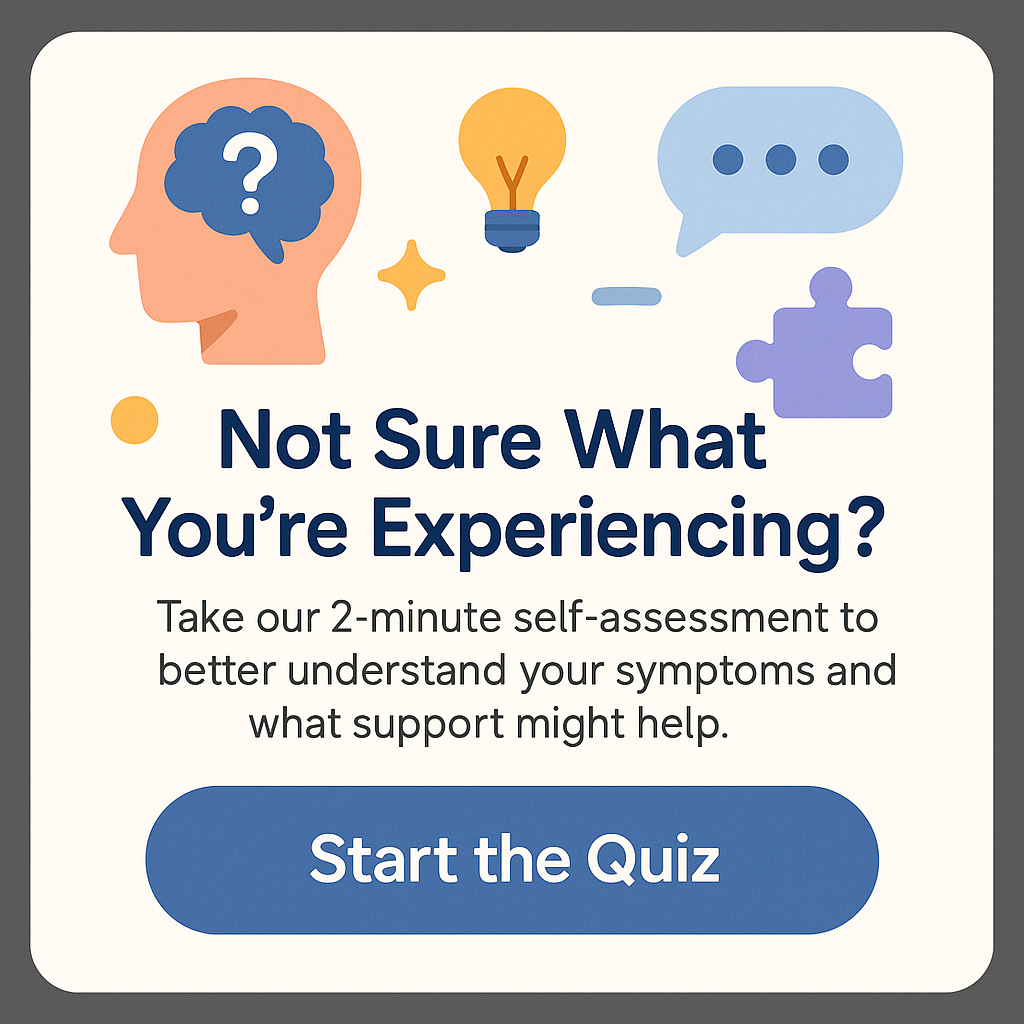Can ABA Help ADHD?
Have you ever wondered if ABA can help ADHD? If you’re a parent, teacher, or individual affected by ADHD, you’re likely on the lookout for effective strategies and techniques to manage symptoms and improve overall functioning. Applied Behavior Analysis (ABA) is often discussed in the context of autism treatment, but its principles can be remarkably beneficial for individuals with ADHD as well. By focusing on modifying behaviors through positive reinforcement, ABA can be a game-changer for many experiencing the challenges associated with ADHD.
Understanding ADHD: Symptoms and Challenges
Before delving into the specifics of how ABA can assist individuals with ADHD, it’s crucial to first understand what ADHD entails. Attention Deficit Hyperactivity Disorder (ADHD) is characterized by persistent patterns of inattention and/or hyperactivity-impulsivity that interfere with functioning or development. This disorder can manifest in various ways, including difficulties in maintaining attention, high levels of distractibility, forgetfulness, impulsive decision-making, and excessive fidgeting.
Imagine a classroom setting where a student with ADHD struggles to focus on the lesson while their mind wanders to other concepts or daydreams. These symptoms can create barriers not just to academic success but also to social interactions and emotional stability. Unfortunately, traditional strategies may not always be adequate, prompting the exploration of alternatives like ABA.
ABA operates on the premise that behavior can be analyzed and modified in your everyday environments. By breaking down tasks into smaller, manageable components and providing reinforcement for desired behaviors, individuals with ADHD can develop better self-regulation and coping strategies. Think of ABA as a toolbox filled with practical techniques and strategies tailored to support those struggling with ADHD.
Through systematic observation and intervention, ABA targets behaviors that hinder functional living while promoting positive changes. This can be particularly helpful for children and adults with ADHD seeking more focus and control over their actions. In this article, we will explore how ABA can help ADHD by addressing symptom management, behavioral improvement, and enhancing quality of life.
Leveraging ABA Techniques for ADHD Management
The process of applying ABA techniques for ADHD management involves several key component strategies designed to reinforce positive behavior while reducing or eliminating negative patterns. Below, we’ll highlight various methods utilized in ABA to aid individuals with ADHD.
1. Reinforcement Strategies
At the heart of ABA is reinforcement, which entails rewarding desired behaviors to encourage their recurrence. For an individual with ADHD, offering immediate reinforcement for focused work or finishing tasks can significantly improve motivation and consistency. For instance, if a child successfully completes their assigned homework without distraction, they may receive praise, a token, or a small reward such as extra playtime. This positive reinforcement serves to strengthen the likelihood of the behavior being repeated in the future. Consistency is key; the more reliable the reinforcement, the more effective the behavior change.
Consider the impact of a simple chart that tracks a child’s progress in maintaining attention during homework. Each time a target goal is achieved, the child receives a sticker. Adults can also benefit from similar reinforcement practices, such as celebrating milestones in the workplace or setting up feedback loops with a manager. This method psychologically nurtures the behaviors that benefit the individual and rewards persistence and effort.
2. Task Analysis and Structuring
ABA utilizes a method called task analysis, which involves breaking down complex tasks into smaller, more manageable steps. For someone with ADHD, large assignments or chores may feel overwhelming. For example, instead of simply telling a child to clean their room, the process can be broken into smaller phases such as first putting away toys, second making the bed, and third organizing clothes.
By outlining these steps clearly, individuals with ADHD can tackle each component without feeling inundated. This structured approach not only increases the chances of successfully completing tasks but also builds a sense of accomplishment as each part is completed. Tracking these completed steps can also serve as reinforcement, as children can visibly see their progress.
Structuring tasks this way also reduces frustration, as it empowers individuals to manage challenges through systematic progression, making substantial tasks more approachable. This strategy showcases how ABA can help ADHD not only in academic settings but also in day-to-day life.
The Role of Family and Educators in Implementing ABA
For ABA to be impactful, family members and educators must be included as critical collaborators in the process. This collective effort ensures that strategies are effectively and consistently implemented across different environments—home, school, or other social settings. Training and collaboration are essential in helping parents and teachers become proficient in ABA techniques, integrating them into everyday interactions.
Involving Parents in the Process
Parents play a pivotal role in managing ADHD symptoms through the application of ABA methodologies. Rather than relying solely on professionals to apply techniques, parental involvement amplifies the chances of success. Parents can introduce reinforcement systems at home, such as a reward chart for positive behaviors or behavior modifications aimed at curbing impulsivity.
Moreover, support groups and training sessions can equip parents with proper skills and knowledge to implement ABA effectively. Understanding the core concepts of ABA, such as reinforcement, task analysis, and behavior modification through specific examples and tailored instruction, allows parents to feel empowered. Parents engaged in this cooperative process create an environment that fosters stability, predictability, and encouragement, essential for the growth of children with ADHD.
Classroom Strategies for Educators
Educators have a critical role in helping students with ADHD thrive in the academic environment through ABA techniques. Implementing structured routines, visual aids, and consistent behaviors can significantly improve concentration and participation in the classroom. For example, a teacher might establish a clear set of behavioral expectations, incorporate visual schedules, and utilize frequent breaks to help students refocus.
Additionally, providing feedback on performance, individualized support, and using technology to track progress can engage students while reinforcing positive behaviors. By enlisting strategies such as pairing students with supportive peers during group tasks, educators can create a more conducive environment for learning and inclusivity.
The collaboration between teachers and parents opens channels for effective communication that align the approaches used both at home and in school. This cohesive strategy enhances the effectiveness of technique application, fortifying an individual’s progress over time.
Success Stories: Real-Life Impact of ABA on ADHD
To better appreciate the efficacy of ABA in addressing ADHD, it’s worthwhile to explore success stories highlighting its transformative impact. Numerous families and individuals report remarkable improvements in behavior management and daily functioning when employing ABA methodologies.
Case 1: A Child’s Journey
Consider the story of Jamie, a 10-year-old diagnosed with ADHD. Before ABA intervention, Jamie struggled in school and had difficulties controlling impulsive behaviors. With the application of ABA techniques, Jamie’s parents enlisted behavioral therapists who introduced a structured reinforcement system. Over time, Jamie learned to complete homework independently, adhered to classroom rules, and exhibited notable improvements in attention and social interactions.
Case 2: Workplace Improvement
Another instance involves Mike, an adult with ADHD facing performance issues at work. By applying ABA principles through task analysis, Mike began breaking down complex projects into smaller tasks, allowing for a more systematic approach to completing work efficiently. Immediate feedback from supervisors further motivated Mike, leading him to enhance both his productivity and job satisfaction.
In these stories, both Jamie and Mike illustrate that with the right strategies and support framework, managing ADHD is achievable, confirming that ABA can indeed help ADHD across different age groups.
Final Thoughts on Can ABA Help ADHD?
As we conclude this exploration of ABA’s role in managing ADHD, it becomes evident that this approach can offer effective strategies not just for children, but also for teens and adults grappling with ADHD. Through reinforcement techniques, structured environments, and the collaboration of parents and educators, individuals with ADHD can find ways to thrive and reach their full potential.
While ABA may not be a one-size-fits-all solution, its principles do provide a valuable toolkit promising improved attention, self-control, adaptable strategies, and enhanced self-esteem. These qualities ultimately contribute to a more fulfilling life and meaningful experiences in various environments—be it school, work, or social settings.
If you or someone you know struggles with ADHD, consider exploring the world of ABA techniques further. With proper support and consistent application, you can make strides toward effective behavior management and greater harmony in daily life.
Frequently Asked Questions (FAQs)
Here are five common questions regarding ABA and its effectiveness for ADHD:
1. Can ABA help adults with ADHD?
Yes! ABA techniques can be beneficial for adults with ADHD, particularly in workplace settings where focus and productivity are essential.
2. Is ABA therapy suitable for all children with ADHD?
While many children benefit from ABA, it’s important to tailor the approach to each individual’s needs. Consultation with a professional can help determine the best strategies.
3. How long does it take to see results from ABA?
Results vary from person to person. Some may notice improvements within weeks, while others may take months to see significant changes.
4. Are there any side effects to using ABA?
ABA itself is a safe and effective behavior modification technique, focusing on positive reinforcement rather than punishment or negative consequences.
5. Where can I find ABA therapists?
ABA therapists can be located through autism support organizations, local clinics, or mental health professionals. Online directories are also available to assist in your search.
How to Get Autism Diagnosis Ontario Adults – A Comprehensive Guide







